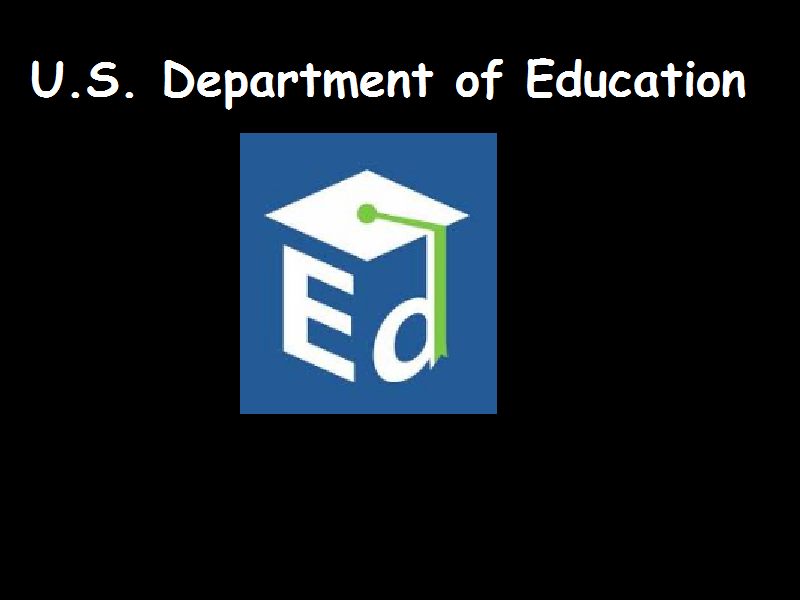COLS and EDUC
Item request has been placed!
×
Item request cannot be made.
×
 Processing Request
Processing Request
COLS and EDUC
Workflow:
Published
Does the website pass the CRAAP Test?
 Current
Current
When was the information created or last updated?
How old can the information be on your topic?
Are you looking for historical information or current information?
 Relevant
Relevant
Does the information relate to your topic?
Does it address your question(s) effectively?
 Authoritative
Authoritative
Who wrote it?
What are their credentials?
Why should you believe what they say?
 Accurate
Accurate
Are there other reliable sources listed?
What facts are used to support the information?
 Purpose
Purpose
Why was this information created?
Who is the target for this information?
Workflow:
Published
| Popular Magazines | Scholarly Journals | |
|---|---|---|
|
Authors
|
Usually staff or freelance writers | Specialists or experts in their field |
|
|
May not be identified | Always named |
|
|
Credentials usually not given | Credentials and professional affiliations are usually given |
|
|
Not directly involved in the ideas, events, and work they are reporting | Reporting on findings or observations from their original research |
|
Content
|
Written for a large general audience | Written for professionals in their field |
|
|
Language is non-technical | Language and tone are serious, scholarly, and often technical |
|
|
Provides an overview of the subject or information of research previously published in laymen's terms | Earliest reports of research findings |
|
|
Usually does not include a bibliography identifying sources | Bibliography almost always included. |
|
|
Glossy illustrations used to complemet the article | Illustrations are few but charts and graphs may be used to doucment supporting data |
|
|
Many advertisements for popular products | Advertisements are absent or only for products/services of interest to the profession |
|
|
Cover is designed to be eye-catching | Cover designed to be informative |
|
Editorial
|
Content is evaluated by editors | Content is evaluated by other experts in the field, referred to as "peer-reviewed" |
|
|
Fact-checking is careful, but not extensive | Standards of content and documentation are stringent |
|
|
Printed for the entertainment value | Printed to inform industry professionals of latest research findings |
Workflow:
Published

